“The Brutalist” Producers on the Demands and Delights of Building a Masterpiece
“Everybody was paddling in the same direction to support Brady’s vision, from the producers, the cast, the crew,” says The Brutalist producer Nick Gordon. “It’s a very special movie, and we’re glad it’s connecting with audiences in the way that it is.”
On a call with Gordon and fellow producer Trevor Matthews, the tandem behind Brookstreet Pictures explained how they helped director Brady Corbet create his masterpiece. At Brookstreet, Matthews serves as founder and CEO, and Gordon serves as president. Since 2004, they’ve produced over a dozen films, including Michael Keaton’s directorial debut Knox Goes Away (2023), a twisting tale about a contract killer with onset dementia. For The Brutalist, they helped deliver a three hour and 35 minute (15 minutes of which is a planned intermission) VistaVision epic that follows László Tóth (Adrien Brody), a Hungarian Jewish architect and Holocaust survivor who emigrates to post-war America to rebuild his career and reconnect with his wife (Felicity Jones). Its director, Brady Corbet, won the prestigious Silver Lion Award at Venice. Since the film debuted on the Lido, it’s received plenty of award season attention with three Golden Globes Awards, 9 BAFTA nominations, and 10 Oscar nominations, including best picture, directing, multiple acting nods, cinematography, score, and production design.
But with success, The Brutalist has received some online criticism over its use of generative AI, a discourse stemming from an article on production news outlet RedShark where editor Dávid Jancsó discussed the use of Respeecher, a generative voice tool, to “perfect” the Hungarian dialogue appearing in the film. Corbet released a statement on the matter, saying, “Adrien and Felicity’s performances are completely their own. They worked for months with dialect coach Tanera Marshall to perfect their accents. Innovative Respeecher technology was used in Hungarian language dialogue editing only, specifically to refine certain vowels and letters for accuracy. No English language was changed. This was a manual process done by our sound team and Respeecher in post-production. The aim was to preserve the authenticity of Adrien and Felicity’s performances in another language, not to replace or alter them, and done with the utmost respect for the craft.”
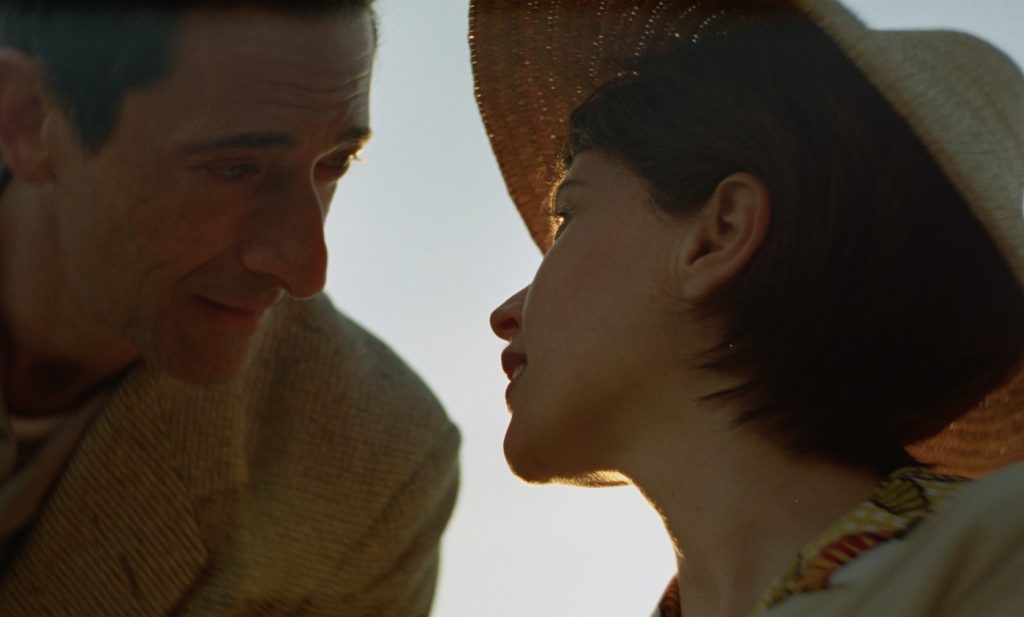
Corbet also pushed back on the use of generative technology during a sequence at the very end. “Judy Becker and her team did not use AI to create or render any of the buildings. All images were hand-drawn by artists. To clarify, in the memorial video featured in the background of a shot, our editorial team created pictures intentionally designed to look like poor digital renderings circa 1980.”
Asked about the situation, Matthews and Gordon agree that it’s been “overblown.” “It’s a three-and-a-half-hour film, and there are only a few moments where actual Hungarian is spoken. And not a second of either Felicity or Adrien’s spoken English with a Hungarian accent was touched,” says Gordon. Matthews added, “It’s kind of a shame. Aside from the fact that Adrien and Felicity worked so hard to develop those accents and create a believable performance—neither one of them spoke with a Hungarian accent—and so they developed one through hard work and dedication to the character for months. This is like talking about seconds of a microsecond.”
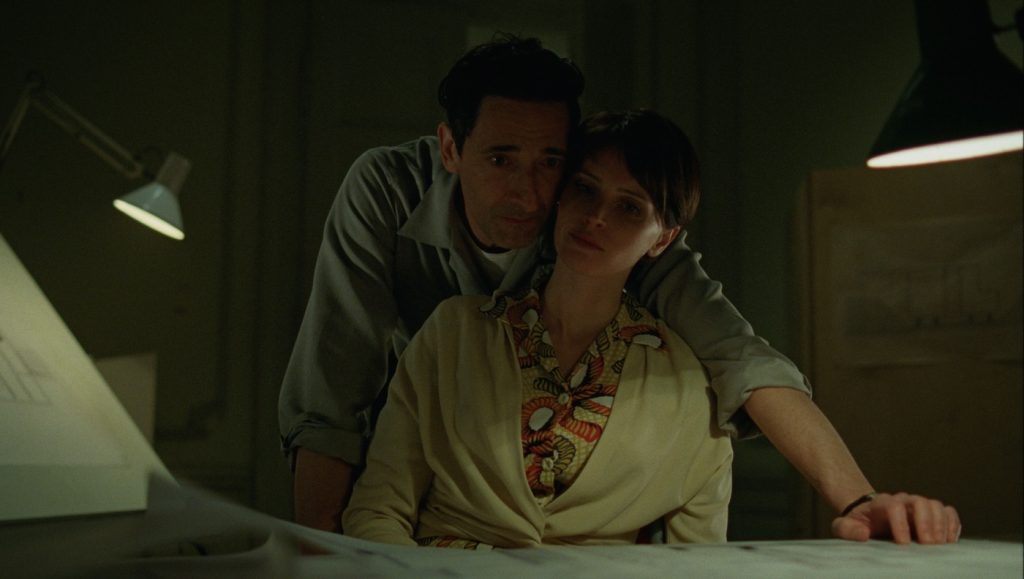
Brookstreet joined The Brutalist producing team in 2020. “This was a project that had come out of a deal with Andrew Lauren Productions because they had been involved with Vox Lux [a film directed by Corbet starring Natalie Portman as a popstar prodigy who survived a mass school shooting]. They were looking for partners, so we came on,” says Gordon. “We built the structure that got the film made.”
Discussing their motivation, Gordon says, “We like to think of ourselves as cinephiles, and we believe in championing these tougher films because these are the movies that we grew up on. We try to build every movie where we can see a path of breaking even for the investors, and if we can do that, you take the risk. It’s not a decision that happens overnight. You’re chipping away, and you’re adding pieces. As we were putting the cast together, putting the crew together…when you bring in Judy Becker, Daniel Blumberg, and Lol Crawley to the table and you’ve got Adrien Brody, Guy Pearce, Felicity Jones, and Joe Alwyn…you’re like, we have to make this. We’d be insane not to, right?”
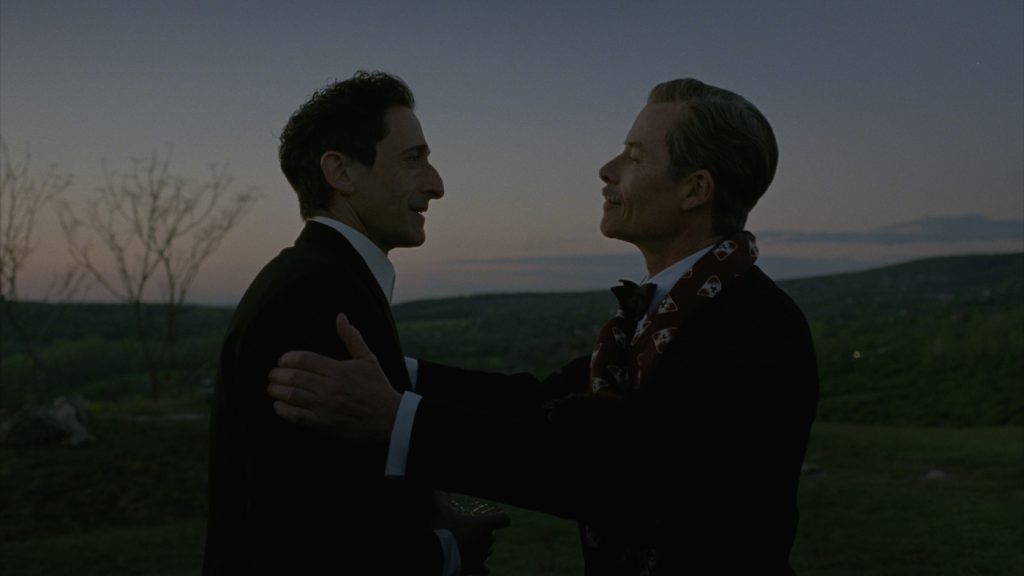
Helping move the project forward was the “phenomenal script” from Corbet and Mona Fastvold. “It was one of the best scripts we ever read. It just screamed quality. And Brady’s vision and his ability to communicate it and attract the right people to get involved was premium on every level,” says Matthews.
A producing hurdle was finding creative ways to maximize the money meant to go on screen, a budget Corbet says was $10 million. “Every department needed to be lean, and that applied to the producing team as well,” says Gordon. “We had to find the right places to maximize the tax credits and soft money but not sacrifice anything creatively. The great thing about Hungary is it’s almost trapped in the 1950s in a way due to the very traumatic and serious events that have historically happened there. The architecture and look of the locations and buildings that we found fit perfectly.” The producing team packaged together multiple tax rebates to stretch budgets. “We put together not just one tax rebate but two by making an international co-production. We had to try to create a post-production deal,” notes Matthews. “This film is not overtly commercial when you pitch it, so it was a real challenge. Without Brady’s understanding of the creative and exactly what he needed and what he didn’t need, we wouldn’t have been able to pull it off.”
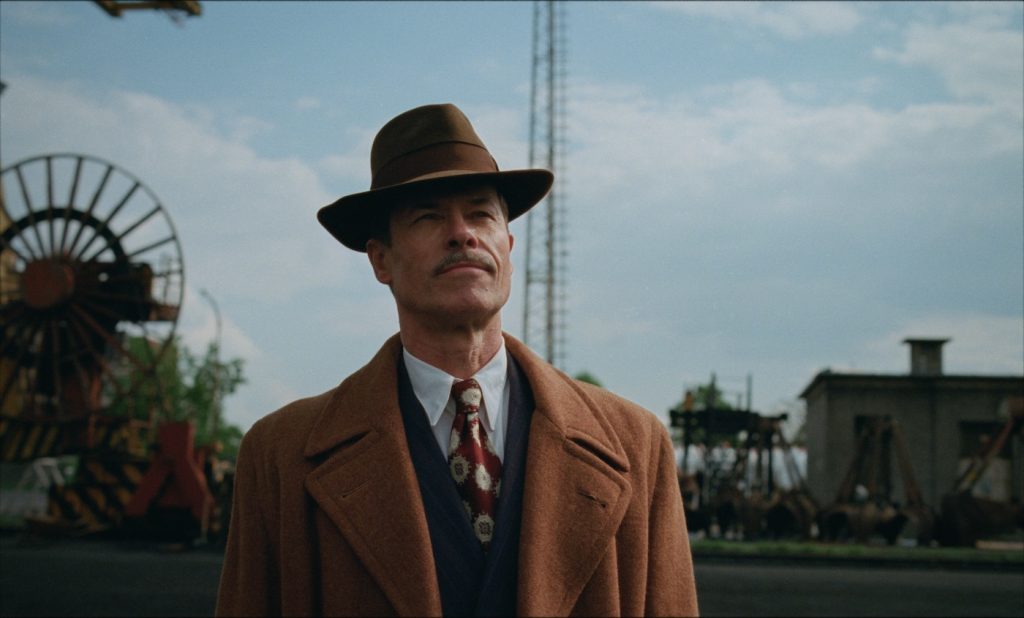
Following its Venice premiere, The Brutalist struck a reported deal around $10 million with A24, the distributor turned studio behind Ladybird, Midsommar, Uncut Gems, and Academy Award best picture winners Moonlight and Everything Everywhere All at Once.
“A24 is the cream of the crop, so we were lucky to be in the position we found ourselves in coming out of Venice. It felt like a total game changer because we were the belle of the ball,” notes Gordon. However, the A24 name wasn’t the only deciding factor. “When you’re talking about the release and distribution of something you’ve worked so hard on for so many years, there are a lot of factors,” says Matthews. “Of course, you want the investor group to get their money back, but that’s definitely not the only consideration. It’s about which company is the most motivated, the most excited about the potential for the movie, and what they’re willing to do to bring it to its intended market. Sometimes, you may have two or three very comparable companies that are all highly capable of doing the job. But one’s saying the right thing and is hungrier than the others to help bring the film to the market. And that’s motivating for us.”
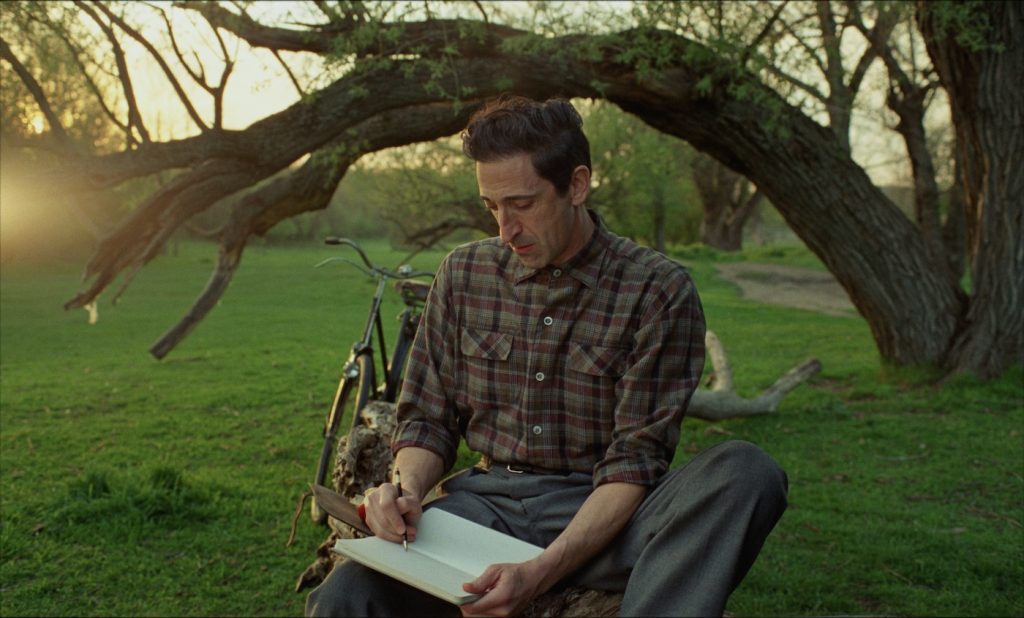
Another factor was that A24 had no intention to change the film in front of them. “This is a very filmmaker-driven piece, and A24 supported Brady’s vision,” says Gordon. “I’ve said this in other interviews, but we really do throw the word visionary around lightly these days. But with Brady, it 100% applies. He not only had every shot of the film in his head but the storyline of how this would meet the world.”

Asked what’s next for Brookstreet, Matthews says, “We’d love to keep doing what we’re doing and, of course, scale it up. We’d love to go from one movie a year to two or three a year. And we’d love the quality of the partners and artists that we work alongside to continue to be at this caliber. Making both Knox Goes Away and The Brutalist kind of back-to-back definitely put some new tools in the toolkit. It showed us what we’re capable of and what we can achieve. We definitely want to roll up our sleeves and put our skills to use and keep trying to make meaningful and important cinema.” Their next film set for theatrical release is Mr. Burton, a biopic about famed Welsh actor Richard Burton.
The Brutalist is in select theaters now, and video is on demand.
Featured image: Alessandro Nivola and Adrien Brody. Courtesy A24.

